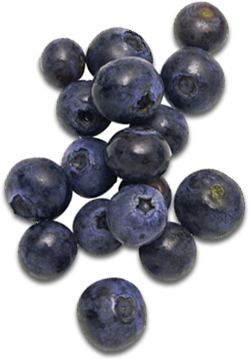no items to display
Top Health Trends to Try in 2017
My interest in nutrition and wellness began about 23 years ago when I stopped eating red meat—long before vegetarianism became an “it” thing. For me, it was an extension of wanting to be fit and healthy, with a splash of late-teenage rebellion thrown in. Since that time, my goal has remained the same, maturing through lots of research and following the suggestions of my older brother, who’s like a living encyclopedia of natural medicine. Along this journey, I’ve come across many health trends in the form of fad diets and must-have supplements and foods. For the most part, I’ve regarded the hype with disinterest. This doesn’t mean trends are a bad thing.
The umbrella of health trends is large. Over the years I’ve noticed trends tend to fall into one of three categories: diet programs, supplements, and foods. The third category is where my commitment has been focused. Of all the trends circulating the world, it’s food—the one thing we all need—that ends up being the least mainstream. Isn’t that backwards? Unlike the uncertain effectiveness of fad/strict diets and supplements, the benefits of individual foods are straightforward: When you’re dealing with nutrients, like vegetables, fruits, meats, and pure derivatives of each, what you see is what you get. Plus, you don’t have to vastly alter your lifestyle to incorporate these items into a regular routine.
This new year, I hope you’ll avoid the pressure of a making a major overhaul and instead try to work in a few lesser-known food trends. To give you a head start, here are three ideas that are full of healthy benefits:
- Coconut flour: Far higher in fiber than regular wheat flour, this flour, made from ground up coconut meat, also provides a source of fats that are easily digested and have antiviral, antifungal, and antimicrobial properties. Coconut flour also has significantly more protein than wheat flour (although both require complementary proteins to fulfill the amino-acid profile of a complete protein).
- Bone broth is made from extended boiling—anywhere from four to eight hours—of poultry, beef, or fish bones, with or without the addition of herbs or aromatics. Of all the purported benefits of bone broth, there are three that have the most science to back them up. Sipping bone broth can help reduce inflammation; it provides amino acids, which build muscle and collagen; and it’s a good for post-workout recovery of electrolytes.
- Fermented foods are linked to improved gut health, which is an essential component of overall health. To keep your gut healthy, a population of “good” bacteria is necessary. In short, fermentation is a process in which sugars or starches are converted into lactic acid by healthy bacteria. These healthy bacteria help maintain a precious balance in your gut. Try sauerkraut, kombucha or kimchi!
What health trends are you trying this new year? Share with us in the comments below!






